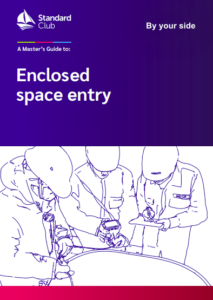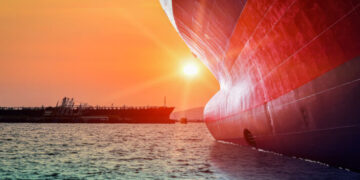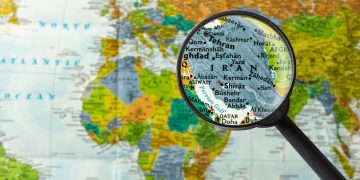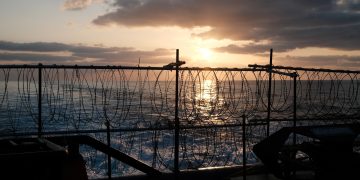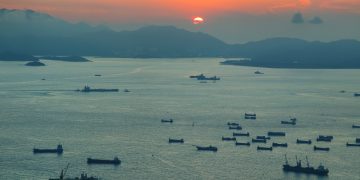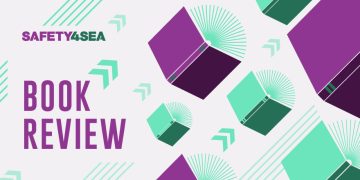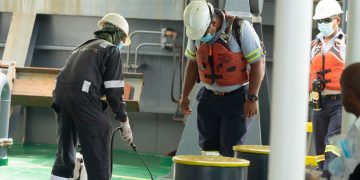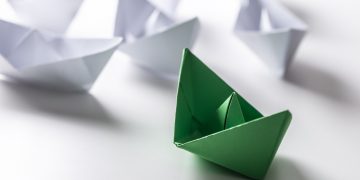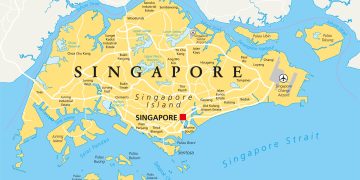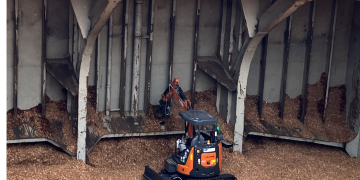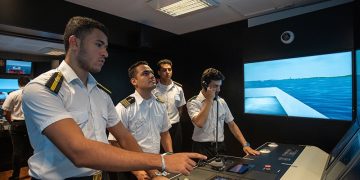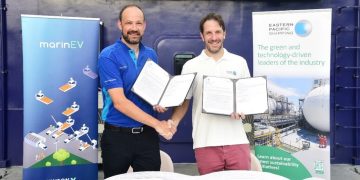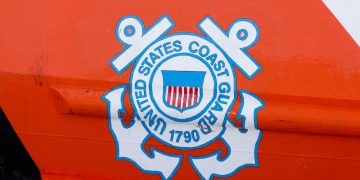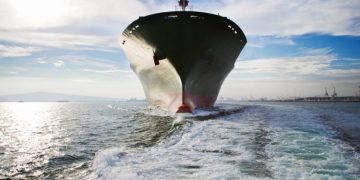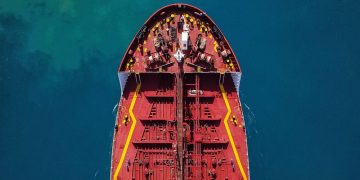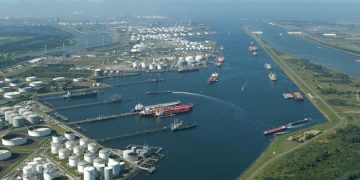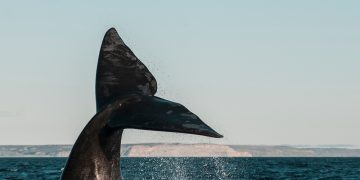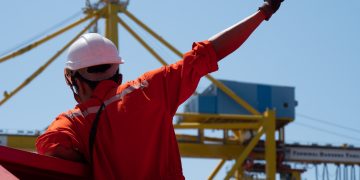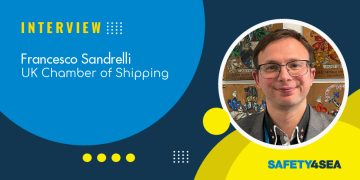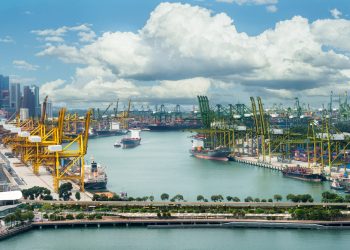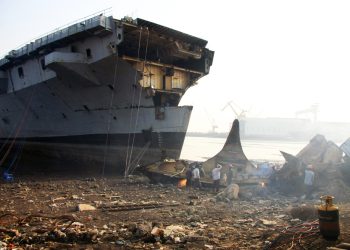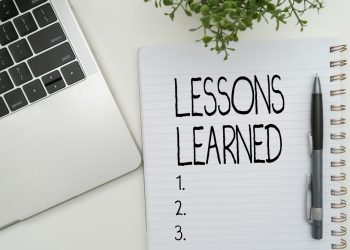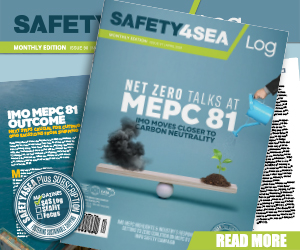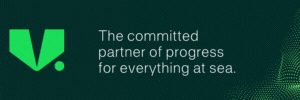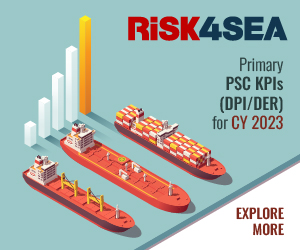The danger associated with enclosed spaces is a main safety concern for shipping, which is struggling to eliminate incidents despite various regulations in place. A recent ITF report revealed a total of 145 casualties in enclosed spaces in the past 20 years. The even alarming fact is that 28 of these casualties happened in the last 16 months.
Regulatory landscape at a glance
- Mandatory drills for enclosed space, under SOLAS, came into force on January 2015.
- From July 2016, gas detector equipment must be available onboard ships.
- ISM Code requires companies to ensure that proper risk assessment and procedures are in place to prevent such incidents.
- The 6th edition of ISGOTT came out in June 2020, following the 5th edition in 2006, incorporating all the changes made by IMO through these years and including also enclosed spaces.
Although the ISM Code has set the ground of ship safety for years and despite more specific regulations in place to prevent confined space fatalities, we continue to see these types of casualties. So what is wrong? This question was at the center of a special session organized by The Standard P&I Club in cooperation with Intermanager earlier in October.
Why enclosed space deaths onboard persist?
An Intermanager survey of 2018 to 5,000 seafarers, including only one question ‘why do you kill yourself in enclosed spaces?’ identified the following causes:
1. By far many and conflicted procedures were identified as the key cause. Each company has its own SMS, while there is a wide mix of different people onboard who are confused with the variety of information.
From shoreside, we need to stop confusing people. Issue less documents. After every investigation, there is a plethora of new circulars. We have got enough. Let’s concentrate on these to start with,
…said Capt. Kuba Szymanski, Secretary General, InterManager.
- Enclosed space design
If we were to go for those two, then we would really make an impact.
- Personnel: Very often, people onboard do not know each other. They normally wont’ say, “Stop! Don’t go” and they may want to impress their mates by doing silly things.
- Training
- Technology
- Safety culture
- Commercial pressure
- Fear factor
- Definitions
- The EEBD
We keep killing people. This means that, whatever we are doing as shore personnel, we are not doing it right. We are not hitting the root cause. We are not eradicating it, we are just barking the wrong tree,
…noted Capt. Szymanski.
What about the enclosed space rescue?
I think the official term is a “fight of flight reaction”. People do not consciously think what they should do and they just instinctively react and go inside,
…noted Capt. Yves Vandenborn, Director of Loss Prevention, Standard Club, who moderated the discussion.
There have been several cases, where the crew enters these spaces with an EEBD, respirators, or gas masks, which are not the appropriate equipment. EEBD is for escape, not for rescue. Likewise, the respirators or gas masks are not designed to supply air; they are only useful when working in a dusty environment, but not for oxygen deficiency or toxic gases, explained Capt. Akshat Arora, Senior Surveyor, Standard Club.
So what is the appropriate equipment?
A Master’s Guide to Enclosed Space Entry by The Standard Club says the appropriate safety and rescue equipment for entering an enclosed space may vary depending upon the space, ship type and work involved.
As a minimum, it will usually include:
- SCBA (self-contained breathing apparatus) with a spare cylinder
- life line and rescue harnesses
- lighting, including torches
- stretcher
- means of raising stretcher, ie tripod
- type arrangement
- communication equipment
- appropriate atmosphere testing equipment and personal gas meters.
“An EEBD (emergency escape breathing device) should never be used in lieu of a SCBA set. They can only be used as an escape device. Appropriate personal protection equipment (PPE), including a personal gas meter, should be worn by all personnel entering the enclosed space.”
There is a consistent theme that we see where most of the drills are actually carried out for the sake of paper exercise or ‘tick the box’. They are not realistic, they are not challenging and they don’t make the people think outside of the book,
…added Capt. Arora.
Enclosed space: The hierarchy of controls
Who is responsible to give an order to the crew to go to a tank, knowing that this tank may not be sufficient?
According to Capt. Szymanski, the crew onboard is the least responsible, as PPE and Procedures are the field where the crew can have a say. The industry seems to be concentrating at PPE and procedures all the time instead of moving up to the triangle.
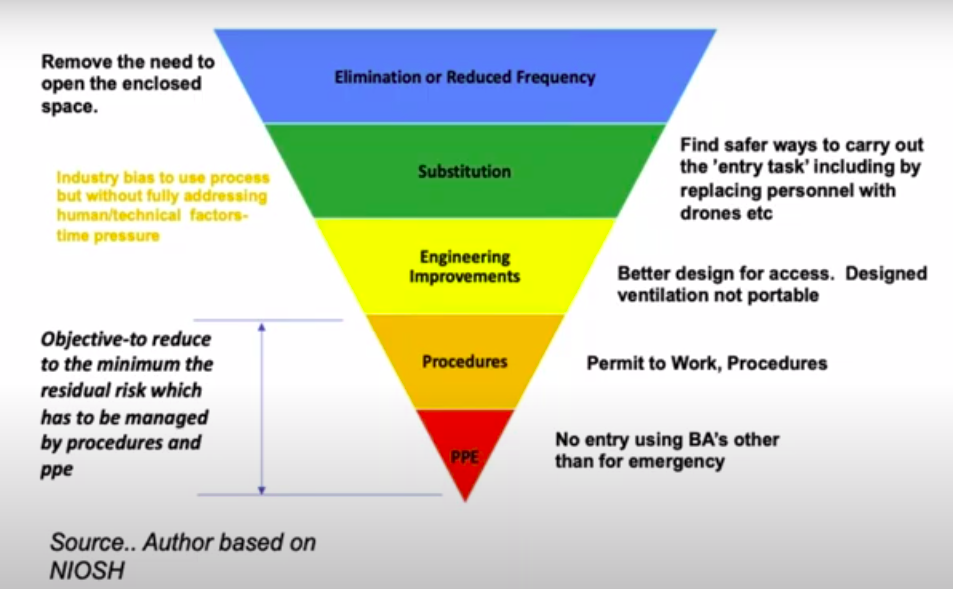
Why do we need hundreds to die before we start thinking there is something wrong with these spaces?
Capt. Szymanski advocates that the industry should focus on two things:
- Accident investigations with human beings in mind and
- Human-centric design.
Stop blaming humans. Humans are actually helpful. We don’t know how many times humans actually helped an incident not to happen. We only concentrate when there is something wrong happening.
P&I Clubs have a role to play in this, by stop focusing on seafarer training and start thinking about training for chief executives, Capt. Szymanski stressed.
Enclosed space issues in the COVID-19 era
Amid COVID-19 pandemic, fumigation specialists refrain from embarking on ships as they do not know where they will be able to disembark, so crew are required to do this kind of work, in opposition to IMO requirements and even though they are not trained to do fumigation topping up. And an LOI which will be put in place covers only potential cargo damages, not lives of seafarers.
What we recommend is operators to make sure that the crew are well trained and well aware of the hazards that they are going to be exposed to. Secondly, they need to be well aware of the gas detector tubes,
…noted Capt. Arora.
And most importantly, as the IMO circular very clearly says that it should not be handled by crew, but only by qualified operator, they need to get a flag state permission. Unless they have one, the LOI is not sufficient.
From the shoreside perspective, Capt. Szymanski recommended the HSCQ manager to read and actually understand safety data sheets and then asking themselves a question: “Are my ships equipped to do that?”
We cannot be a post-office in the ship management company where we receive one paper, send it to the ship and the ship will digest and tell us something. No, it won’t. It’s our responsibility to make sure we have got the data sheets and very often we don’t,
…he stressed.
• Keynote advice for crew managers: Listen to crew members; they are your most valuable advisors. Encourage your crew members to speak up, even though you don’t like what they say.
• Keynote advice for crew: Don’t be shy. Believe that you can make a change. You have all instruments available.
Find also a Master’s Guide to Enclosed Space Entry by The Standard Club here:
